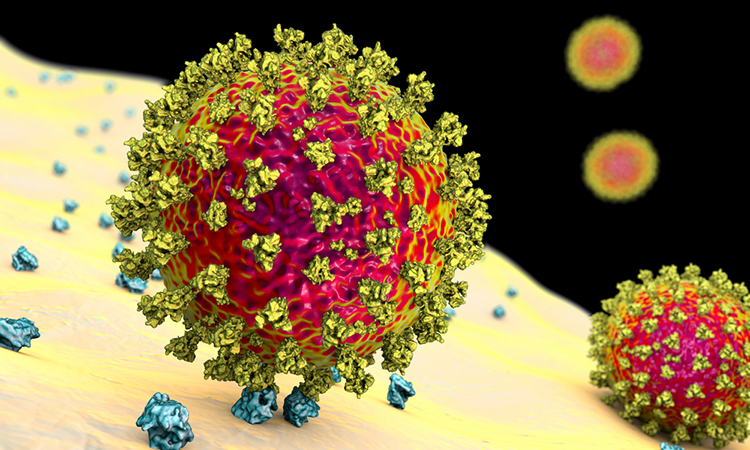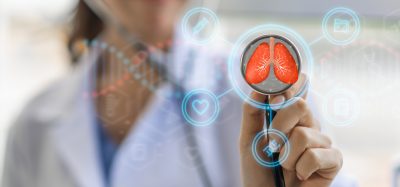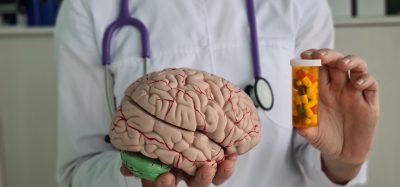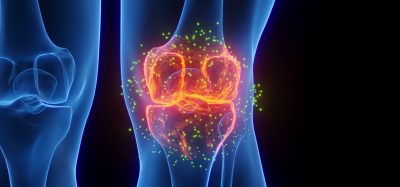Researchers discover druggable pocket on SARS-CoV-2 Spike protein
Posted: 22 September 2020 | Victoria Rees (Drug Target Review) | No comments yet
A pocket in the SARS-CoV-2 Spike protein has been discovered by researchers, who say it could be a drug target for COVID-19.


A potentially druggable pocket in the SARS-CoV-2 Spike (S) protein has been discovered by researchers. According to the team, from the University of Bristol, UK, drugging this pocket could stop the virus from infecting human cells.
The researchers explain that the surface of SARS-CoV-2 is covered by multiple copies of the S glycoprotein, which plays an essential role in viral infectivity. The S protein binds to the human cell surface, allowing the virus to penetrate the cells and start replicating, causing widespread damage.
In this study, the team used an imaging technique called cryogenic electron microscopy (cryo-EM) to analyse the SARS-CoV-2 S protein at near atomic resolution. Enabled by Oracle high-performance cloud computing, a three-dimensional (3D) structure of the S protein was generated, allowing the researchers to comprehend its molecular composition.
The analysis revealed the presence of a small molecule, linoleic acid (LA), within a pocket in the SARS-CoV-2 S protein. LA is a free fatty acid which is indispensable for many cellular functions, but the human body cannot produce LA. Instead, the body absorbs this essential molecule through diet. The molecule is also needed to maintain cell membranes in the lungs for breathing.
One of the lead researchers, Professor Imre Berger, said: “We were truly puzzled by our discovery and its implications. So here we have LA, a molecule which is at the centre of those functions that go haywire in COVID-19 patients, with terrible consequences. And the virus that is causing all this chaos, according to our data, grabs and holds on to exactly this molecule – basically disarming much of the body’s defences.”
Other lead researcher Professor Christiane Schaffitzel explained: “From other diseases we know that tinkering with LA metabolic pathways can trigger systemic inflammation, acute respiratory distress syndrome (ARDS) and pneumonia. These pathologies are all observed in patients suffering from severe COVID-19. A recent study of patients with SARS-CoV-2 showed markedly reduced LA levels in their sera.”
Professor Berger added: “Our discovery provides the first direct link between LA, COVID-19 pathological manifestations and the virus itself. The question now is how to turn this new knowledge against the virus itself and defeat the pandemic.”
The researchers say that with rhinovirus, which causes the common cold, a similar pocket was exploited to develop potent small molecules that bound tightly to the pocket, distorting the structure of the rhinovirus and stopping its infectivity. These small molecules were successfully used as antiviral drugs in human trials and show promise for treating rhinovirus clinically. The Bristol team, based on their data, is optimistic that a similar strategy can now be pursued to develop small molecule antiviral drugs against SARS-CoV-2.
“COVID-19 continues to cause widespread devastation and in the absence of a proven vaccine, it is vital that we also look at other ways to combat the disease… Our discovery of a druggable pocket within the SARS-CoV-2 S protein could lead to new antiviral drugs to shut down and eliminate the virus before it entered human cells, stopping it firmly in its tracks,” Professor Schaffitzel said.
The was published in Science.
Related topics
Disease Research, Drug Targets, Imaging, Microscopy, Protein, Proteomics, Research & Development
Related conditions
Covid-19, rhinovirus
Related organisations
Bristol University
Related people
Professor Christiane Schaffitzel, Professor Imre Berger








